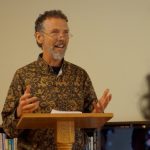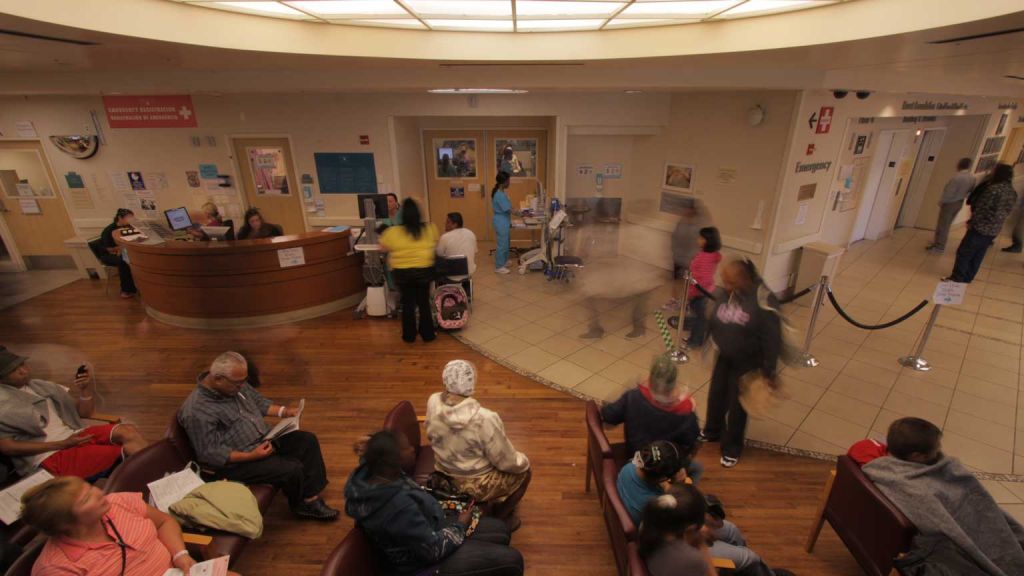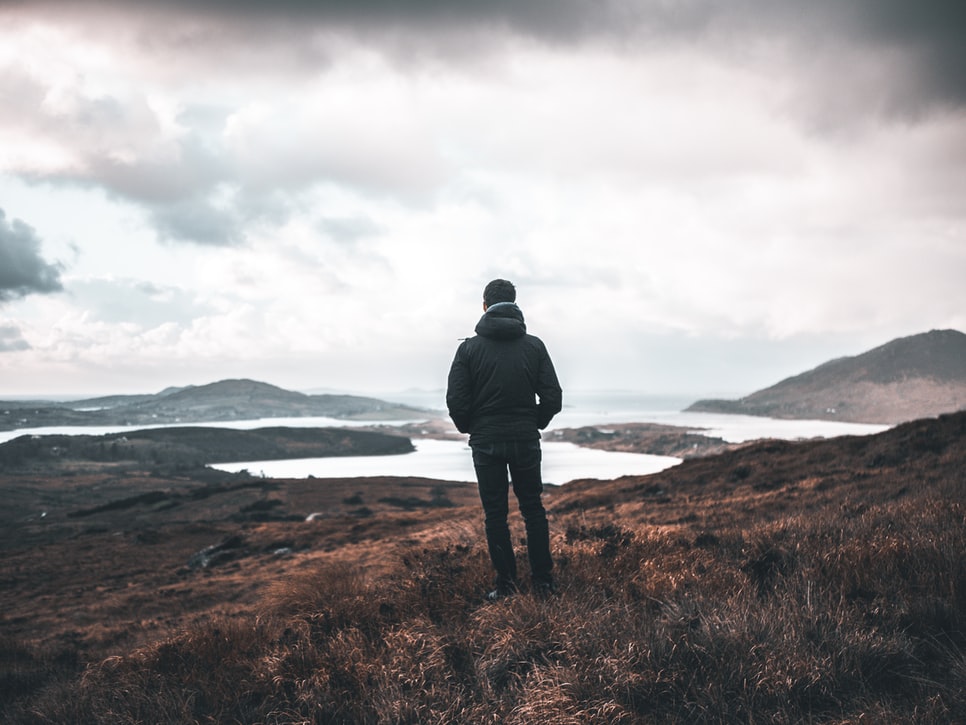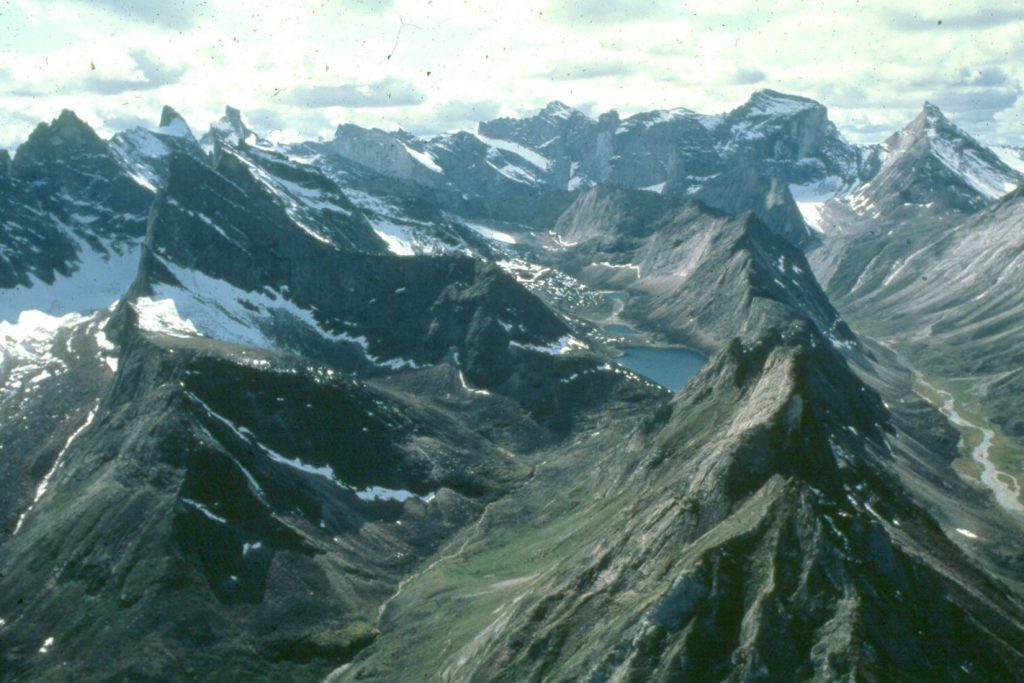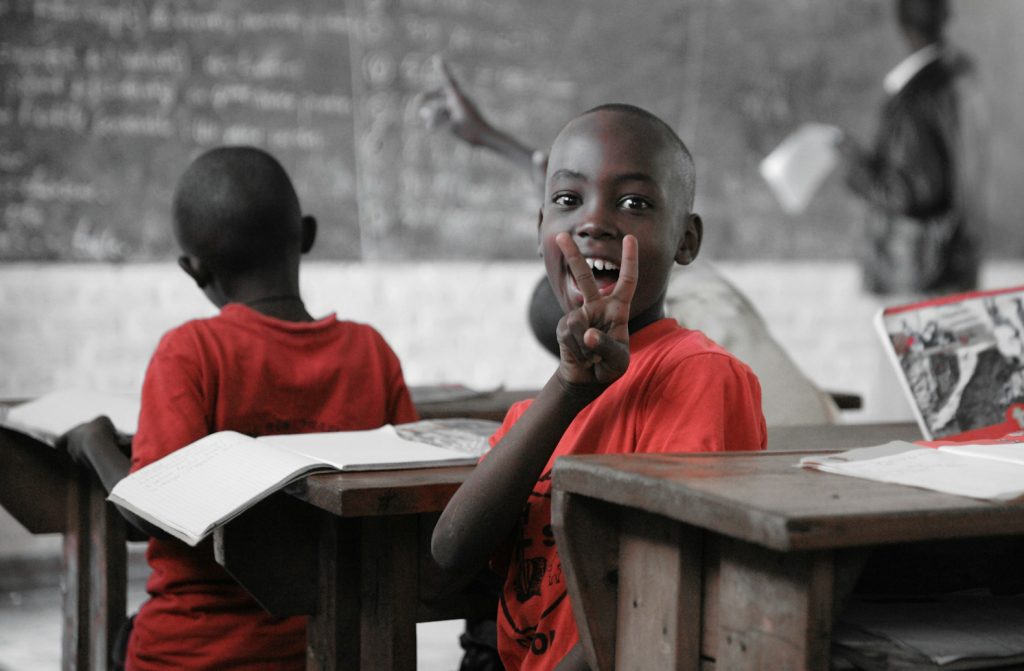Killing Us Softly
It’s a week before the Summer Solstice, and we are riding in a passenger van—seven friends driving 45 miles on country roads returning from a jazz concert in a nearby college town—when I am struck by the beauty of the Oregon farmland and oak-covered hills awash in the day’s late light. It is one of those moments when the natural beauty of this planet almost overwhelms me—I’m astonished that such a gorgeous place exists in the universe, and I am in it.
My next thought is the fact that the geographical distance we are covering in a matter of minutes would have taken human beings several days to travel a mere 200 years ago—before the discovery of fossil fuels and the invention of the automobile and its internal (infernal?) combustion engine. As we drive along, a very different set of images bloom fleetingly in my head, then fade away like old film. One: the seven of us are rattling along aboard a rickety, horse-drawn wagon that is raising a choking cloud of dust that drifts along with us. Two: all of us are riding along on horses, the only sounds the squeaking of saddle leather, the calling of a meadowlark, and the soft clopping of hooves against the clay soil. Three: the seven of us are walking by foot in hand-made clothing along a threadlike trail that winds through these hills and has been used for millennia before we arrived.
When I find my way back from the theatrics of my imagination to the inside of this van speeding along almost silently, I say, “Isn’t it amazing how we can go from point A to point B so quickly these days? I mean, look at us. We’re being ferried along on this ribbon of pavement at sixty miles an hour! We’re just sitting here inside this temperature-controlled, steel, glass, and plastic bubble with soft seats and cushy rubber tires, being whizzed along in total comfort.” I take a breath, adding, “This trip would have taken a week just a hundred years ago. It’s really wild when you think about it.”
Then, from the back of the van, my friend Allen responds with five words that hit me hard: “Yeah. And it’s killing us.” We all nod and laugh a little at the truth of his statement as we glide past hay fields and filbert orchards, stands of Douglas fir and maple-edged creeks, the sun moving imperceptibly lower on the western horizon, where it will eventually slide into the Pacific Ocean out beyond the Coast Range.
I try to imagine walking to the coast from where I live, a trip that takes less than an hour by automobile, thanks in part to a $350-million highway improvement project that took six years longer than planned, was over budget by $200 million, and involved moving more than 200,000 dump truck loads of dirt and rock. The years of work was done to bypass a curvy 10-mile section along the gorgeous Yaquina river, ostensibly to make the trip safer, but also to shave a few minutes off the route so goods and humans can be transported faster from point A to point B.
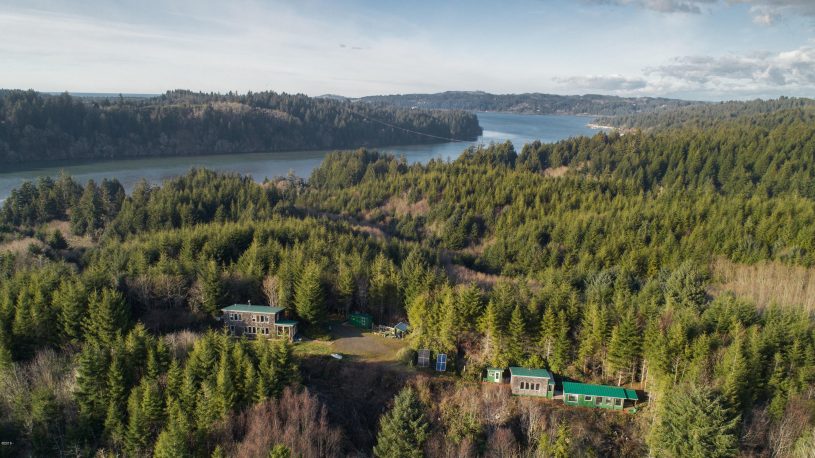
I think of Allen’s comment, and that early 1970s song, “Killing Me Softly,” starts playing in my mind.
Over the next few days, Allen’s words keeps coming back to me, along with images of indigenous people walking below blue skies and crescent moons and through the first hard rains of fall—humans walking miles only under their own caloric intake, venturing only as far as their legs could carry them, limited to what today would be considered a geographical postage stamp. I imagine the hushed quiet of an Earth with no automobiles or airplanes, no highways or interstate bridges, no gas stations or tire factories, no CO₂ emissions invisibly rising from the tailpipes of 1.2 billion cars crawling across the planet’s crust like so many bullet-like beetles. I can’t fathom the world in 2040—a mere 20 years from now—when the number of automobiles is projected to double. To think I might still be alive to witness that, if I make it to 80, isn’t a pleasant thought. What might our world look like today had Henry Ford never produced the first Model T in 1913, and 15 million more by 1927? What if the Wright brothers had never attained flight on those sand dunes near Kitty Hawk? And here we are today, pouring billions of dollars and engineering hours into the development of driverless cars. What if we spent all that monetary and human capital figuring out a way to phase out the automobile altogether?
And then I think again of Allen’s comment and how it was so spot-on: we are literally killing ourselves (and many others species) simply by living the lives we live—driving and flying and keeping our homes too warm in winter and too cool in summer, and consuming stuff shipped vast distances and delivered to our very doorsteps—all of it powered by fossil fuels.
The term “fossil fuel poisoning” forms in my brain, followed by the word suicide.
Most of us know someone, or someone who knows someone, who has chosen to leave this world by their own hand. Our daughter first experienced that in high school when a classmate took his own life. It traumatized her for months. My high school biology teacher, Mr. Stone—the best teacher I ever had—shot himself in the head with a hunting rifle a few years after I graduated. A close friend ended his life in the cab of his work truck after leaving a note for his wife and kids and believing they would all be better off without him in the world. Just last fall, the son of good friends chose to leave this world on their family farm while our friends were away on vacation. When celebrities die by suicide—Kurt Cobain, Robin Williams, David Foster Wallace, Virginia Woolf, Sylvia Plath, Ernest Hemmingway—the media goes wild. The CNN website switched to an all-black background for a day after reporter Anthony Bourdain took his life. Parts Unknown was the name of his travel and cooking show on CNN, and now Bourdain is there, wherever that is.
Yes, death is a part of living and everybody dies, but death by suicide is tragic and uncomfortable and hard to fathom for those left behind. We don’t believe that is the natural way life is supposed to end. So, why then are we collectively, as Allen said, killing ourselves? We know what’s coming with climate change, yet we continue to make choices that only accelerate our demise. I’m part of it, too. I rode to the concert in that van. I drive a car to see my aging father an hour away. Now and then, I take airplanes. I am part of our collective suicide by fossil fuel poisoning.
It’s been weeks now since that ride to and from the concert through the rolling hills bathed in late light, and Allen’s comment continues to haunt me at times: when I find myself sitting in eight lanes of traffic stopped and stacked on the double-decker I-5 bridge high above the Willamette River in Portland, or waiting for the red lights burning at an intersection the size of a football field, or passing a parking lot covered with the glittering glass and metal of so many cars. I look at bridges and airports and marvel at the human engineering capable of creating such feats. And I wonder, what with so much potential from the human heart and mind, why are we collectively choosing to take our own lives and the lives of our children? It makes no sense. Keeps me awake at night.
I can find some semblance of solace in imagining how it was here just a couple of hundred years ago, before concrete bridges or automobiles or any trace of asphalt, before streetlights and runways, pipelines and contrails, when people walked on footpaths and didn’t venture very far during an entire lifetime. When lifetimes were much shorter and people passed on by 35 or 40. Were these humans happier, walking below stars and through thundershowers without any artificial light? It’s hard to say. Of course, I’m thankful I don’t have to walk, that I can refuel our car and speed along at 70 miles an hour to go visit my 90-year-old father before he, too, is gone.
But it’s hard to be part of this fossil fuel poisoning, which, ultimately, is a collective suicide. I wish I knew how to save our species, but nobody could save Mr. Stone, or the classmate our daughter lost in high school, or the family friend who left the note pinned to his shirt. Sometimes, I take solace in thinking that perhaps, after our species is gone, the planet will be better off, without us. The bridges collapsed, the highways and runways weed-riddled and sloughed away, the gas stations ghostly and rusting and overgrown with Himalayan blackberry vines.
But often, it’s too much, too hard. We have a son and a daughter, so I have to stop my mind, rein in my thoughts, redirect my imagination.
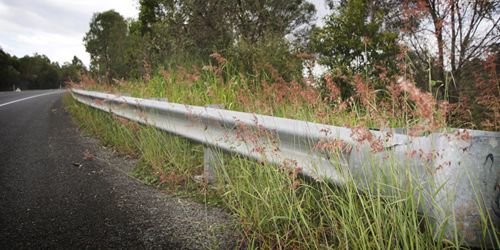
Sometimes, that song comes back, “Killing Me Softly,” and I hear the line, “Strumming my pain with his fingers.” In the picture that’s now forming in my mind, I see a human being appear—a young woman, someone’s daughter—walking slowly through fireweed that has pushed up out of crumbled asphalt and is blooming a brilliant pink above the ruined roadbed. The guardrails are overgrown with honeysuckle and wild cucumber, and the woman is singing, a bundle cinched tight against her back. Out ahead of her, toward the west and the Pacific ocean, the Sun is sinking lower. And overhead, above the notes of her song, Venus is rising in the darkening sky.


